2025 NBA Draft: Grading Every Aspect of Ace Bailey's Game with Rutgers so Far
Jonathan WassermanJanuary 16, 20252025 NBA Draft: Grading Every Aspect of Ace Bailey's Game with Rutgers so Far

Ace Bailey's play at Rutgers has been a popular NBA draft topic through two months.
The aesthetics of his positional size and style of scoring have been captivating, and they're bound to look ultra enticing to front offices come June.
He has also backed up the highlights with 19.0 points per game on 45.9 percent shooting. Being a 6'10" wing and special shotmaker has led to interesting pro comparisons and different visions of upside.
But specific habits and limitations have led to questions about what he will and won't offer to NBA teams. His weaknesses and lowlights, along with his undeniable talent, production and particular offensive skills, have made Bailey more polarizing than initially expected.
Teammate Dylan Harper and Duke's Cooper Flagg have raised the bar this year. Bailey continues to remain right there in the conversation for No. 3 overall, where he's currently slotted in our most recent mock draft.
Isolation and Ball-Screen Creation

Ace Bailey can be a difficult one-on-one cover, now and at the next level, just due to his release point and shotmaking skill.
There isn't a lot of fancy ball-handling behind his creation. Instead, Bailey leans on simply rising over or away from his defender. And once he's separated, he can seemingly lock in with the target from any angle or spot.
He's had less success attacking the basket in the half court. The burst to blow by for a clean finish isn't there. He also has more confidence in his jump shot. Bailey prefers to use the space he gets with pull-ups and step-backs around the perimeter, versus trying to score through congestion around the basket.
Because of Bailey's reliance on hitting jumpers, he's just 14-of-43 out of isolation.
He hasn't received many ball screens with Dylan Harper getting the majority. Bailey has had success dribbling and scoring off the pick with his pull-up and touch shots around the key.
But Bailey's lack of playmaking and rim pressure could cut into his creation reps at the next level.
One of this cycle's biggest questions is whether the NBA version of Bailey will operate more on the ball, like big-wing Brandon Miller, or more off the ball, like 6'10" shotmaker Michael Porter Jr.
Ball-screen: A-
Isolation scoring: B-
Off-the-Dribble Shotmaking

Ace Bailey's shotmaking capabilities off the dribble are exceptional, especially for a player who is 6'10". The level of difficulty on some of his makes reminds that great offense beats great defense. That ability to hit pull-ups, step-backs and fallaways from any spot or angle can negate tight challenges.
It also allows him to take over stretches of a game or have 39-point outputs (at Indiana). Aside from the 25 made threes, he's hit 18 long twos at a 52.9 percent clip. He doesn't seem to care where he is on the floor or how attached his defender is.
On the downside, Bailey settling for too many contested pull-ups leads to debate about capability versus consistency. With his specific shot selection, can he execute consistently enough for one of the offense's projected top options? While Bailey can hit every tough jumper in the book, he's streaky. His 36.5 percent mark on dribble jumpers isn't alarming, but the tape shows some bad misses and questionable decisions.
He has demonstrated encouraging touch on non-traditional, one-handed shots off the dribble. He's made 8-of-13 of those around the key, showing he can slow down before the rim protection and improvise with push shots, floaters and runners.
Off-the-dribble shotmaking: B+
Off-Ball Scoring

Ace Bailey has scored efficiently off the ball, looking noticeably comfortable catching and squaring up after curling around screens to get open. He's shooting 43.1 percent on catch-and-shoot chances. There is impressive tape of him sprinting to the corner to catch and fire off movement.
He's also made a habit of flashing toward the foul line for shorter jumpers. He does a good job getting himself in scoring position by moving without the ball.
Bailey is a clear stationary shooting threat from deep as well, although he's only made 31.0 percent of his spot-up triples.
Off-ball scoring: A-
Driving and Finishing

Arguably the biggest red flag in Ace Bailey's early statistical profile is his 47.5 percent field-goal mark on layups.
As a driver in the half court, his handle isn't advanced enough to create easy advantages. It makes it tougher for him to separate when trying to get downhill. He also lacks explosion off his own dribble, and at 18 years old with his thin frame, opposing bigs can effectively wall up against his finishes.
Bailey has also been shut down in transition often, despite highlights that show long steps and bounce when there is an open runway to the rim.
He does have good footwork attacking off the dribble either sidestepping or Eurostepping the defense into more space. And when there isn't a rim protector waiting, he uses his height and touch well.
It's worth noting that with Dylan Harper out last week, Bailey had more on-ball reps, and we saw more driving and finishing from Bailey than we'd seen all season.
But overall, he's converted just 36.7 percent of his drives, with many of them showing him having to pull up early, rather than get all the way to the bucket for an easy lay-in or trip to the free-throw line.
Driving and finishing: C
Playmaking

Ace Bailey can make skilled passes, but you might not know it if you hadn't seen him before Rutgers.
In 15 games, he's totaled 244 field-goal attempts to just 12 assists. He's wired to score, and the team needs Bailey's firepower next to Dylan Harper. It seems safe to assume that coach Steve Pikiell has given Bailey a green light and encouragement to be aggressive looking for his shot.
We've seen very few attempts from Bailey to survey the floor or use his gravity to set up teammates. Some of his better passes have come off him using his size to dish over the top of double-teams and his man. But when Bailey gets the ball, his first action is to either size up his defender or set up into a move/shot.
A 5.4 assist percentage is outlier-level low. Christian Braun and Olivier Maxence-Prosper have been the only guards or wings to go first round and have a college season with an assist percentage under 5.0, which is where Bailey was before his two-assist game against UCLA.
Still, scouts will take into account Bailey's potential scoring value and his current role at Rutgers.
Playmaking: D
Defense

Ace Bailey's defense has been a mixed bag so far, though the positives highlight exciting longer-term potential.
He's very toolsy on defense, often using his length to tip passes and his mobility to recover and block or contest drives. As someone who's going to guard perimeter players, his 6'10" size will disrupt and lead to plays made on the ball.
He's been less impressive off the ball. There have been lapses that show Bailey lose track of his man while staring at the ball-handler. He has a common habit of shading too much toward the play and leaving a shooter too open.
Defense: B+
Impact

There's likely to be lots of debate about Ace Bailey's production and upside versus his impact.
On one hand, it's obviously valuable to have such a gifted scorer that can get a bucket at any time playing on and off the ball. With Dylan Harper out against Indiana, he was able to carry the offense and keep Rutgers alive with 39 points on 16 made field goals.
However, while a hot game from Bailey can help the team compete against anyone, an off game filled with forced jumpers could hurt the offense, particularly since he's only dished out more than one assist twice all season.
Rutgers has lost a number of winnable games when Bailey hasn't shot well. He shot below 38.0 percent in losses to Princeton, Ohio State and Kennesaw State when Harper played well in each.
Bailey shouldn't have that type of pressure or expectations at his age, but that's what it is thanks to Rutgers' lack of depth.
Impact: B
B/R Recommends
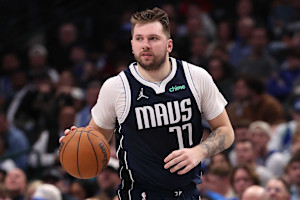
Luka Dončić Traded to Lakers; Mavs Get Anthony Davis, More in 3-Team Trade with Jazz
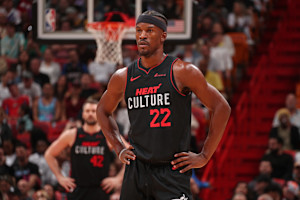
Jimmy Butler Traded to Warriors, Signs $121M Contract; Wiggins to Heat in 5-Team Deal
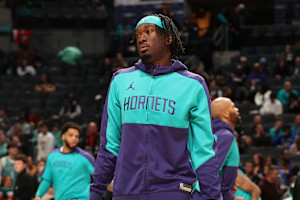
Mark Williams Trade to Lakers Rescinded; Hornets Center Reportedly Failed Physical
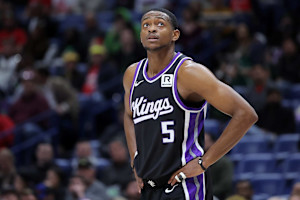
Report: De'Aaron Fox Traded to Spurs; Zach LaVine to Kings in 3-Team Deal with Bulls
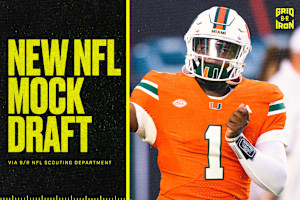
2025 NFL Mock Draft: B/R NFL Scouting Dept.'s Post-Super Bowl Picks
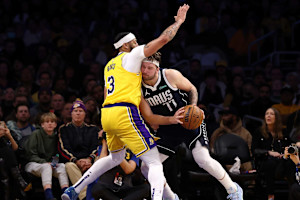
NBA Trade Deadline 2025 Tracker: Updates on Latest Trades amid Rumors
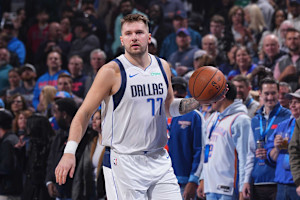
Luka Dončić Thanks Mavs After Trade to Lakers: 'I Thought I'd Spend My Career Here'
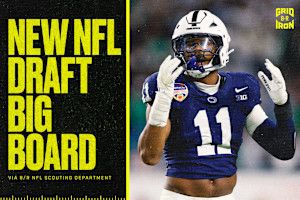
2025 NFL Draft Big Board: B/R NFL Scouting Dept.'s Post Senior Bowl Rankings
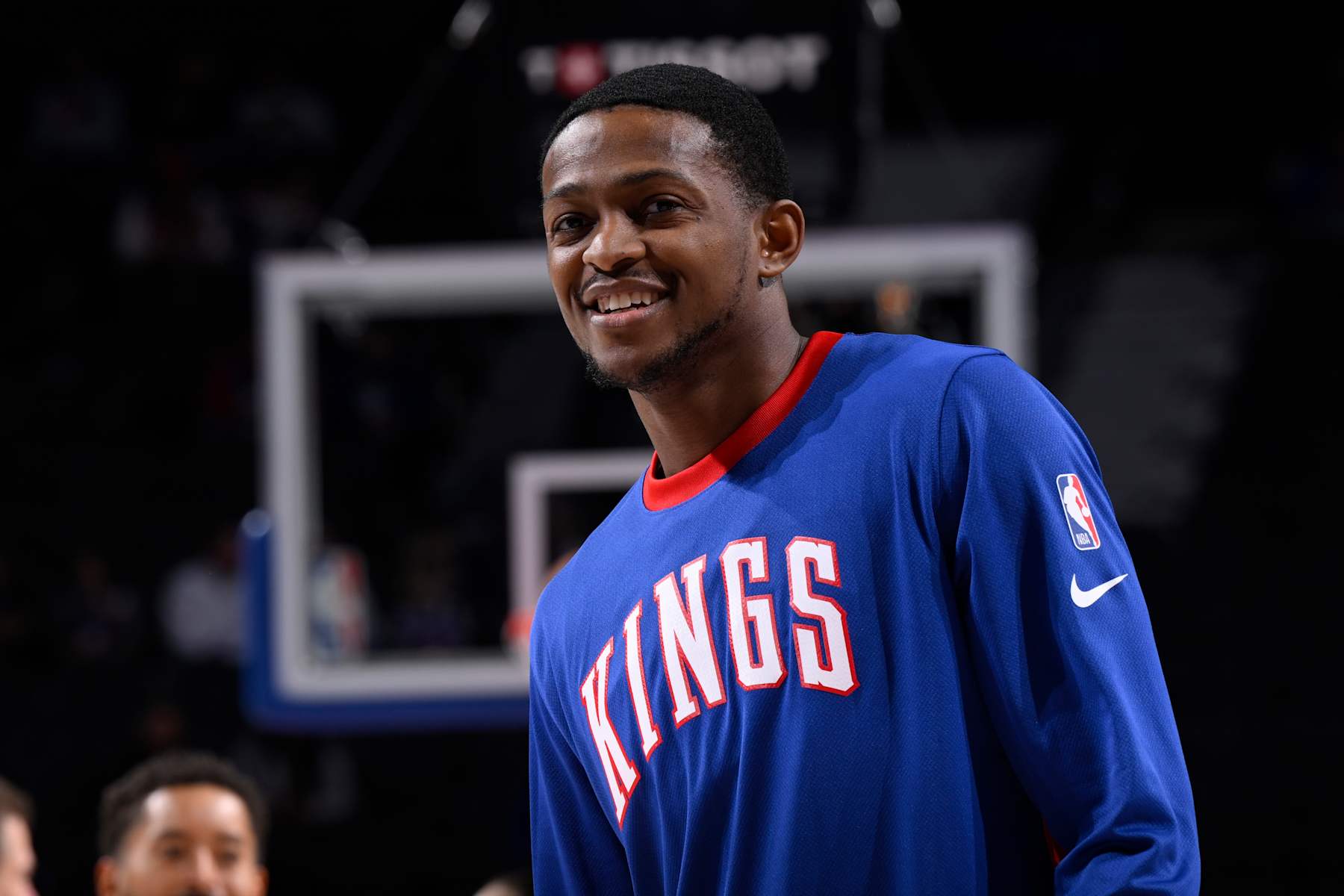
2025 NBA Trade Deadline Predictions: Jimmy Butler, Lakers, More
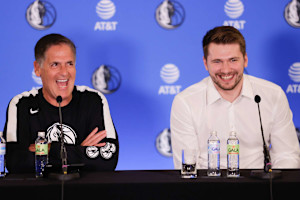
Mark Cuban Says He Wasn't Part of Decision to Trade Luka as 2020 Quote Goes Viral



